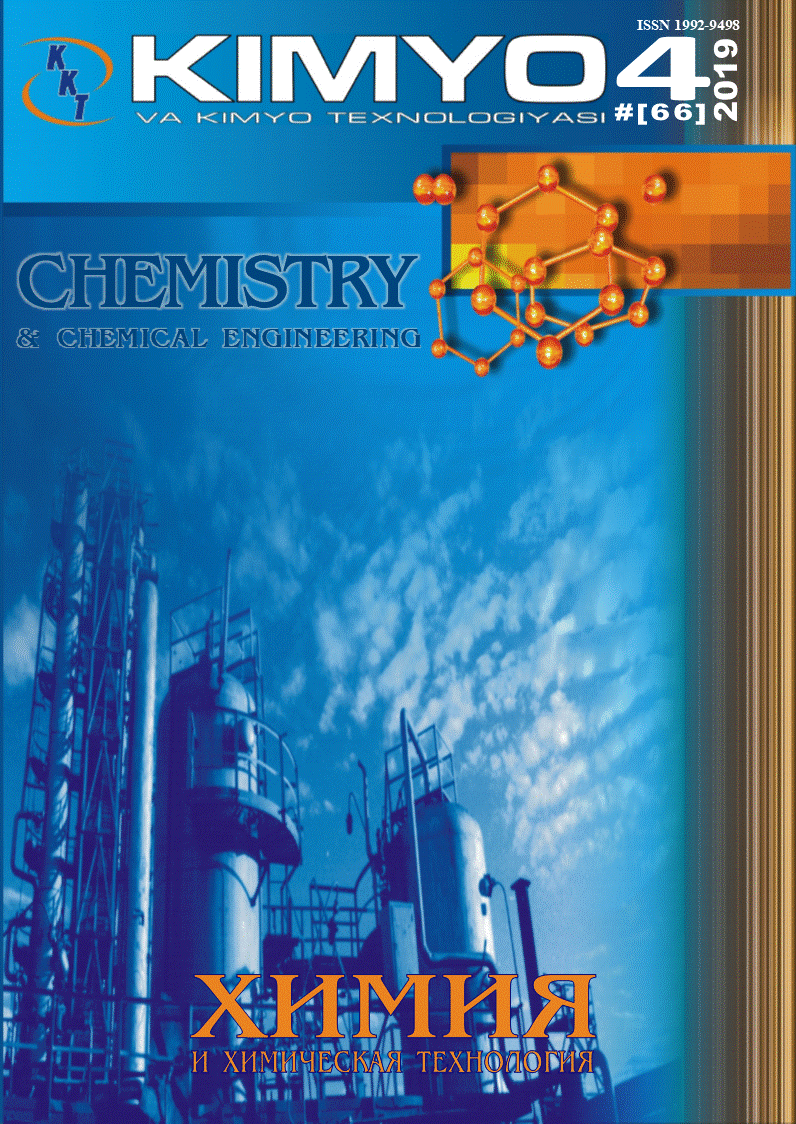
DOI
10.34920/cce2023410
Abstract
A three-dimensional numerical model of the system configurations of various types of solid oxide fuel cells (SOFCs) is used and the effect of parameters on SOFC performance is numerically investigated using COMSOL Multiphysics. The effect of parameters such as support layer thickness, operating temperature, and electrode porosity are shown in the polarization and power curves for each model. The results of the study showed the advantages of the anode-supported SOFC compared to cathode- and electrolyte-supported SOFC.
Theoretical calculations demonstrate the highest output power density in the anode-supported SOFC at 900 ℃, and reach a value of 0.585 W cm-2 at a current density of 1 A cm-2. For the cathode-supported SOFC at an operating temperature of 900 ℃, the maximum output power density is 0.54 W cm-2 at a current density of 0.9 A cm-2. For the electrolyte-supported SOFC at 900 ℃, the maximum output power density is 0.325 W cm-2 at a current density of 0.58 A cm-2.
Recommended Citation
PECHERSKAYA, Mariya; BUTANOV, Khakimjan; IBODULLAEV, Suhrob A.; RUZIMURADOV, Olim; and MAMATKULOV, Shavkat
(2024)
"MODELING AND PERFORMANCE ANALYSIS OF SOLID OXIDE FUEL CELL,"
CHEMISTRY AND CHEMICAL ENGINEERING: Vol. 2023:
No.
4, Article 10.
DOI: 10.34920/cce2023410
Available at:
https://cce.researchcommons.org/journal/vol2023/iss4/10
